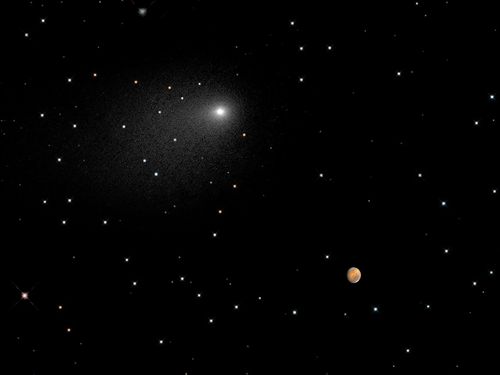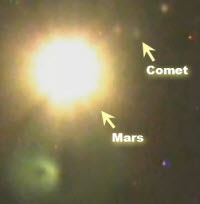NASA launched the spacecraft in 2006; it flew past Pluto in 2015, providing the first close-up views of the dwarf planet. After the successful flyby, NASA set their sights on a destination deep inside the Kuiper Belt, Ultima Thule is that object.
This Kuiper Belt object was discovered by the Hubble Space Telescope in 2014. Officially known as 2014 MU69, it got the nickname Ultima Thule in an online vote. When New Horizons first glimpsed the rocky iceball in August it was just a dot. Good close-up pictures should be available the day after the flyby.
New Horizons will make its closest approach in the wee hours of January 1st hurtling by within 3,500 kilometres (2,200 miles) of Ultima Thule at some 50,700 kph (31,500 mph). It will take about 10 hours to get confirmation that the spacecraft completed — and survived — the encounter. Hopefully, later on New Year’s day we shall get that, so keep an eye on the media. It will take almost two years for New Horizons to beam back all its data on Ultima Thule. A flyby of an even more distant world could be in the offing in the 2020s, if NASA approves another mission extension and the spacecraft remains healthy. [Read more about New Horizons at Ultima Thule]
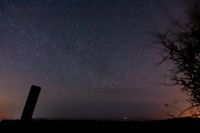 You may have seen in the media some very welcome news regarding the approval of International Dark Sky Reserve status for the two National Parks located in Yorkshire. The status will provide a huge boost to astro-tourism in the area and hopefully prove beneficial for local Astronomical Societies.
You may have seen in the media some very welcome news regarding the approval of International Dark Sky Reserve status for the two National Parks located in Yorkshire. The status will provide a huge boost to astro-tourism in the area and hopefully prove beneficial for local Astronomical Societies. 
 For all Patrick Moore fans, a new Drama based on his long broadcasting career, is now available on BBC iPlayer.
For all Patrick Moore fans, a new Drama based on his long broadcasting career, is now available on BBC iPlayer.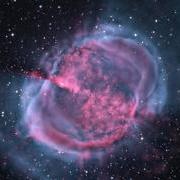
 In time honoured fashion the final lecture was delivered by Dr Alan Chapman. His subject this year was Edmond Halley, and as we soon learned Halley was not just an exceptional astronomer, his experiments, observations and research extended into many varied fields of science and professions, including fledgling scientific concepts and ideas.
In time honoured fashion the final lecture was delivered by Dr Alan Chapman. His subject this year was Edmond Halley, and as we soon learned Halley was not just an exceptional astronomer, his experiments, observations and research extended into many varied fields of science and professions, including fledgling scientific concepts and ideas.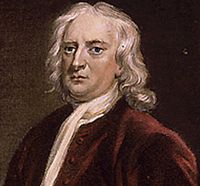 Halley was born in Shoreditch on the 8th November 1656. His father, Edmond Halley Sr. came from a Derbyshire family and was a wealthy soap-maker in London. Apart from the soap business, the Halley’s had plenty of properties in London. Even though, they lost some of their assets during the 'Great Fire of London' in 1666, it hardly affected their financial status; as Alan stated; ‘they were quite well off’.
Halley was born in Shoreditch on the 8th November 1656. His father, Edmond Halley Sr. came from a Derbyshire family and was a wealthy soap-maker in London. Apart from the soap business, the Halley’s had plenty of properties in London. Even though, they lost some of their assets during the 'Great Fire of London' in 1666, it hardly affected their financial status; as Alan stated; ‘they were quite well off’. 